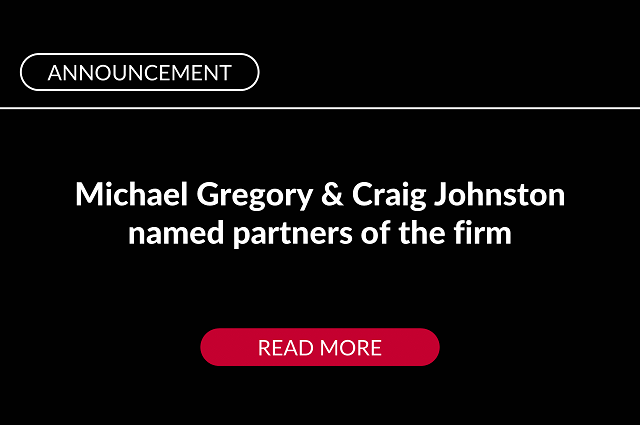This week GGA Partners continues its series of communications to help leaders of private clubs address challenges confronting their businesses and their employees with three perspectives from the front lines of club management.
Today: Trevor Noonan, COO, Toronto Club, Toronto, Ontario and president of the Canadian Society of Club Managers.
 It’s easy to say and it’s been said so often that it should be hard for any leader to forget: In times of crisis, communication is key.
It’s easy to say and it’s been said so often that it should be hard for any leader to forget: In times of crisis, communication is key.
Three weeks ago, when it was apparent the coronavirus was headed to Canada, I drafted the first of many memos to our members and our team of employees.
Based on what we knew (or thought we knew) at the time, I did my best to answer the most obvious questions: What is coronavirus/COVID-19? How is it contracted? What are its symptoms? What should you do if you think you’re infected? What personal protection measures should you take?
Then I tackled the personal side of the issue: How the club was responding to the threat, and how it was preparing for the possibility of a confirmed case amongst members or employees.
Not being an infectious disease specialist, I looked to outside resources for guidance, starting with WHO, the CDC and the Public Health Agency of Canada. I was also alert to information from other sources. The general manager of the Hong Kong Club was especially helpful in providing real-life experiences I could relate to. I even found relevant information from the property management company that manages my condominium building. Crediting these sources in my memos added credibility, trust and a level of comfort for our team members.
Since those first memos, I’ve written eight more, each customized to a specific group: members, employees and our management committee, plus two more as president of the Canadian Society of Club Managers. At the end of each memo, I said when each group could expect my next communication. This establishes a schedule and lets recipients know that I am going to continue to keep them informed.
I’ve also enlisted members of my management team as content contributors. Their participation promotes buy-in from all aspects of club management and helps them feel part of the solution. In addition, it was important to assure employees that wholesale layoffs were not imminent and that the club would be taking care of them. Early on we had meetings with employees where we asked for their suggestions on how the club should be responding. Some of their ideas were immediately implemented, making employees part of the solution and increasing pride in their club.
In meetings with employees, I do my best to be prepared with answers to the questions I can anticipate. But I quickly learned I cannot anticipate all of their questions, nor will I have all the answers. One phrase I’ve used a few times that’s helped with trust and credibility: “I don’t know all the answers; I’m still learning all the questions.” When you admit that you’re learning, and that you’ll do your best to find the best answers to their questions, it shows your commitment to informed decision-making and adds to their trust in you as a leader.
Of course, we should not overlook another important group in the communications process – family. Your family is going through this too. They’re worried about the virus and how it might affect family members. They’re also worried about club members, employees and their families. Now that I’m working from home (our club is closed), my family sees firsthand the challenges with which my fellow club managers and I are dealing.
You need to communicate openly about the coronavirus, but be sure to focus your discussions on other topics too. Don’t let the virus and its effects consume your entire time while home or your stress will be passed on to others around you. Finally, don’t forget about taking care of yourself; in other words: practice what you preach. Those who follow me on social media will have witnessed numerous #selfcare posts, and now with a community challenge to my colleagues and friends. The reaction to this challenge is heartwarming to say the least.
When it comes to guiding our clubs and our people through these challenging times, we’re all learning on the job. The first lesson, as I’ve been reminded, is to promote open, honest and clear communications.
Need something to lighten up your day? What could be better than a good, old-fashioned sitcom? How about 15 of them? Here’s a summary of some of your favorites and maybe a few you never got around to watching. Happy viewing.













